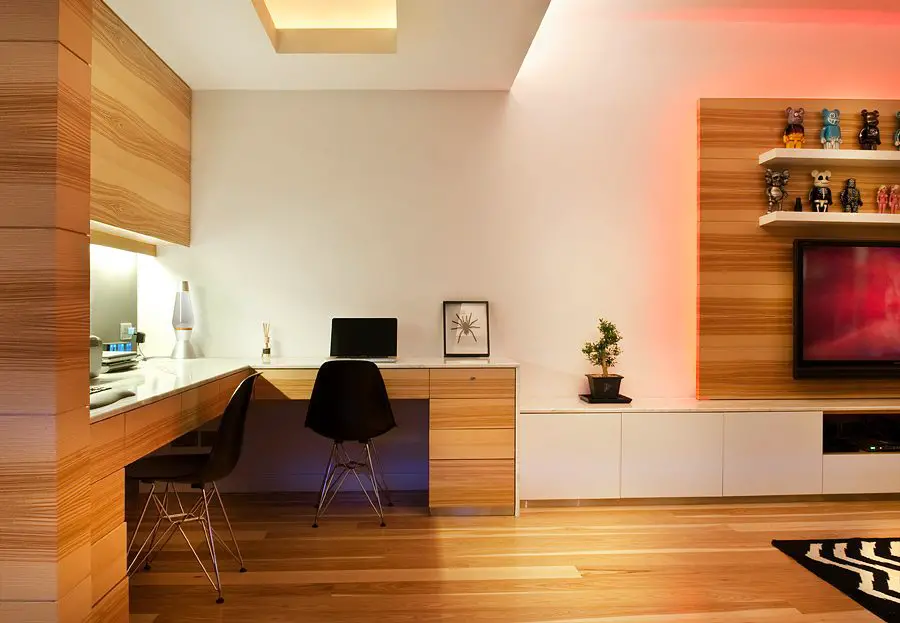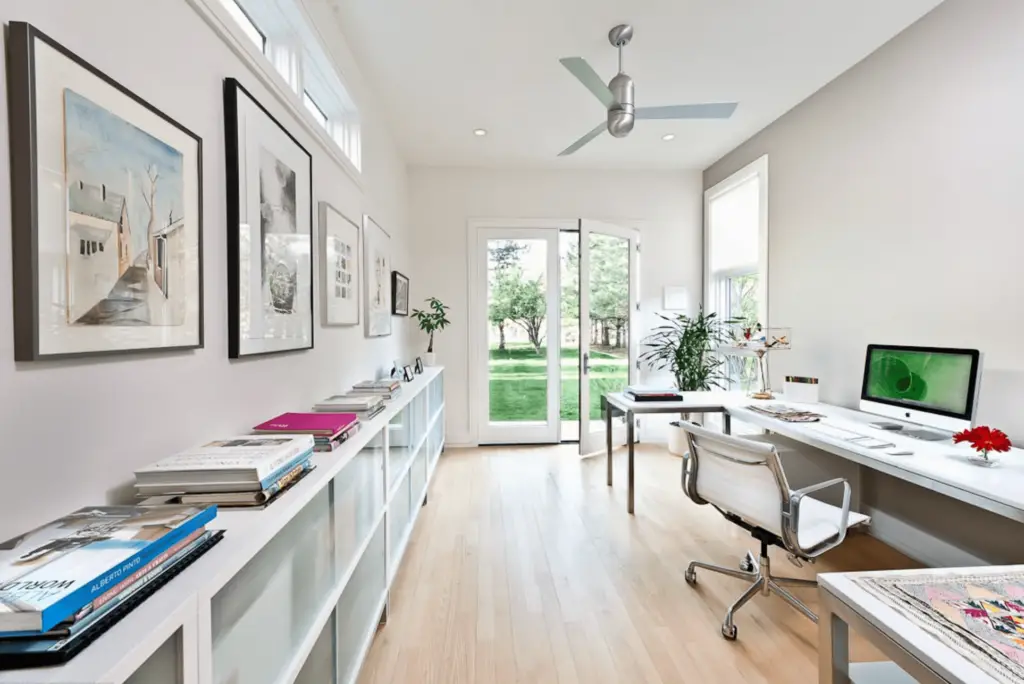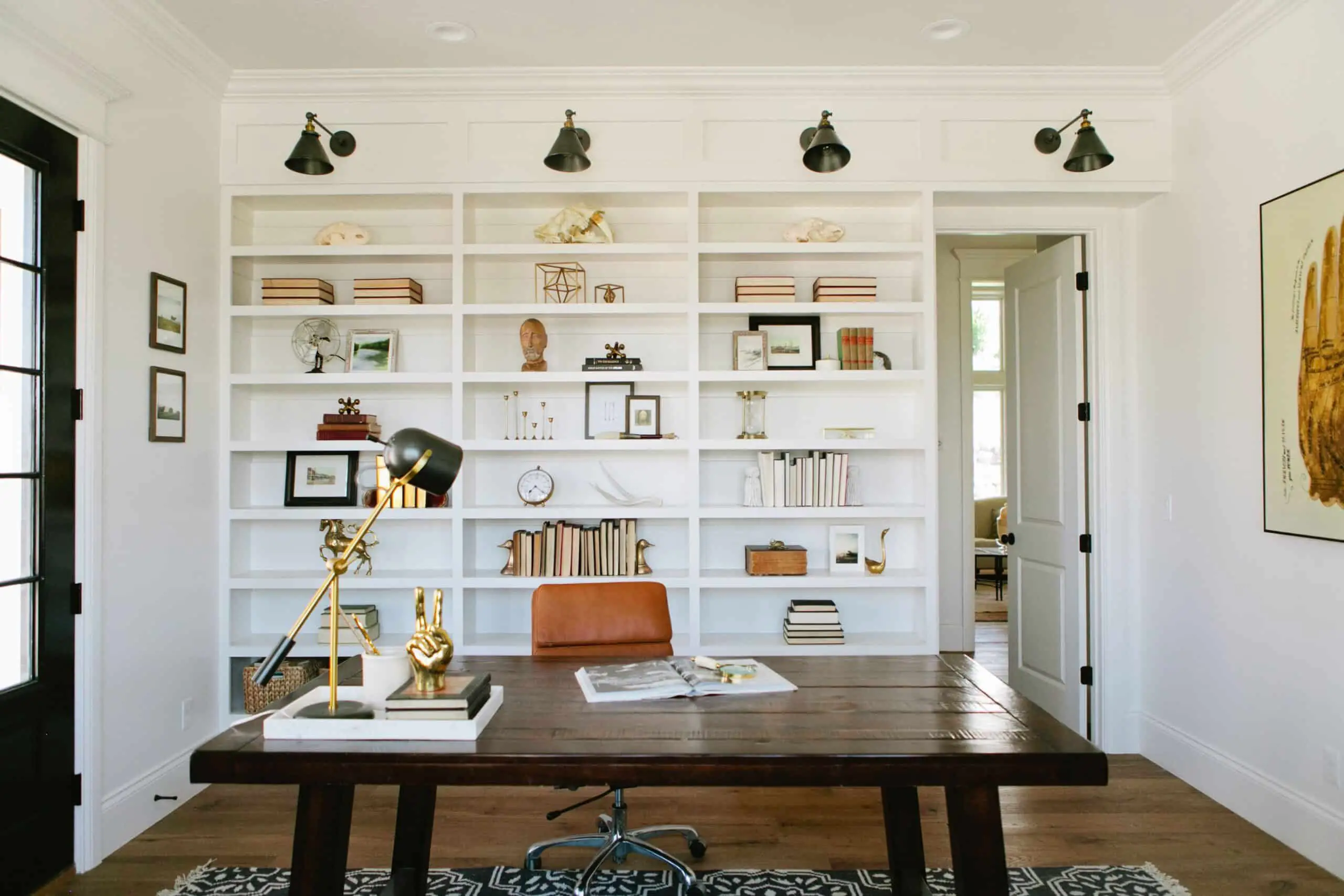Do You Need Double Top Plate On Interior Walls
Introduction
Do You Need Double Top Plate On Interior Walls: When it comes to constructing interior walls, there are several factors to consider to ensure the stability and durability of the structure. One of these considerations is whether or not to use a double top plate. A top plate is a horizontal piece of lumber that runs along the top of the wall, connecting the vertical studs. While a single top plate is commonly used in many construction projects, there are instances where a double top plate may be necessary.
Understand the purpose of a top plate in wall building first. The vertical studs connect to the top plate, stabilizing the wall. It evenly distributes structure weight and prevents studs from shifting or bowing. The top plate also nails ceiling joists and roof rafters, strengthening the construction. When should a double-top plate be used? Most internal walls, especially residential ones, need only one top plate. A double top plate is sometimes suggested or required by building codes. One example is when the wall height exceeds 10 feet. Extra support from the top plate prevents the studs from bending under the structure’s weight.
Another scenario where a double top plate may be necessary is when the wall is load-bearing. Load-bearing interior walls are responsible for supporting the weight of the structure above, such as the roof or upper floors. These walls require additional strength and stability, and a double top plate can help achieve that.

Can a load bearing wall have a single top plate?
The main con is that it’s only suitable for non load bearing partitions. Load bearing walls require a double top plate. They are also inconvenient to mix into a structural wood frame. They are typically only used as infill in existing buildings or (rarely) as partitions in non wood framed structures.
Yes, a load bearing wall can have a single top plate. A load bearing wall is a structural element that supports the weight of the structure above it. It is designed to carry the load from the roof, upper floors, and other structural components down to the foundation.
The top plate is typically a horizontal member that runs along the top of the wall and connects the vertical studs together. It acts as a bearing surface for the roof and upper floors, transferring the weight to the studs and ultimately to the foundation. However, it is possible for a load bearing wall to have a single top plate.
Depending on the design and structural requirements.
Having a single top plate in a load bearing wall may be more common in certain construction methods or situations where the load is relatively light. In these cases, the single top plate can still provide sufficient support and stability for the structure.
Why is it necessary to install a double top plate?
The top plate serves an important role in providing wood fiber for the perimeter nailing of structural and/or insulated sheathing.
Installing a double top plate is a crucial step in the construction process of a building. It serves several important purposes and ensures the structural integrity and stability of the entire structure. A double top plate refers to the use of two horizontal boards placed on top of the walls, running parallel to each other. These plates are typically made of wood and are installed at the top of the walls, just below the roofline.
Just below the roofline.
Furthermore, a double top plate also helps to create a solid connection between the walls and the roof structure. It provides a secure base for attaching the roof trusses or rafters, ensuring that they are properly supported and aligned. This is essential for maintaining the overall stability and safety of the building.
In addition to its structural benefits, a double top plate also offers other advantages in the construction process. It provides a level surface for attaching the ceiling joists, making it easier to install the interior finishes such as drywall or plaster.
Overall, the installation of a double top plate is necessary to ensure the strength, stability, and durability of a building. It plays a crucial role in supporting the weight of the roof and upper floors, creating a secure connection between the walls and roof structure, and providing a level surface for interior finishes.
What kind of walls need a double top plate?
Wood stud walls shall be capped with a double top plate installed to provide overlapping at corners and intersections with bearing partitions. End joints in top plates shall be offset not less than 24 inches (610 mm). Joints in plates need not occur over studs.
When constructing a building, it is important to ensure that the walls are structurally sound and able to withstand the weight and pressure placed upon them. One way to reinforce walls is by using a double top plate. A double top plate consists of two horizontal pieces of lumber that are placed on top of the wall studs. This provides additional strength and stability to the wall, making it suitable for certain types of construction projects.
One type of wall that typically requires a double top plate is a load-bearing wall.
Load-bearing walls are responsible for supporting the weight of the structure above them, such as the roof or upper floors. These walls need to be able to handle a significant amount of weight and pressure, and a double top plate helps to distribute the load evenly across the wall.
Another type of wall that may require a double top plate is a wall that spans a long distance. When a wall is longer than the standard length of lumber, it may be necessary to use a double top plate to provide additional support and prevent sagging or bowing.
In addition to load-bearing walls and long-span walls, walls that are constructed with heavy materials may also benefit from a double top plate. For example, walls that are made of concrete or masonry are typically heavier than walls made of wood or drywall. By using a double top plate, the wall is better able to support the weight of these materials and maintain its structural integrity.
Do all load-bearing walls have double top plate?
When it comes to load-bearing walls, one of the key components that provide structural support is the top plate. It acts as a connection point for the wall studs and helps to transfer the load down to the foundation. However, not all load-bearing walls have a double top plate.
In some cases, load-bearing walls may have a single top plate instead of a double top plate. A single top plate consists of a single horizontal member that runs along the top of the wall. This single top plate is still capable of providing sufficient support for the load above it, especially if the wall is properly designed and constructed.
On the other hand, there are situations where a double top plate is necessary for load-bearing walls. A double top plate consists of two horizontal members that are stacked on top of each other. This configuration provides additional strength and stability to the wall, making it better equipped to handle heavier loads or other structural requirements.
What are the 3 types of plates used in wall framing?
Bottom Plates are used to connect the wall to the floor. Top Plates support the floor above. Usually doubled up. Sill Plates support windows and sit on top of cripple studs.
When it comes to wall framing, there are three types of plates that are commonly used. The three types of plates used in wall framing are sole plates, top plates, and header plates.
Sole plates are the bottommost plates in a wall framing system. They are typically made of pressure-treated lumber to protect against moisture and decay. Sole plates are secured to the foundation or subfloor and serve as the base for the entire wall structure. They provide a stable and level surface for the wall studs to be attached to.
Top plates are the uppermost plates in a wall framing system. They are also made of lumber and are installed horizontally on top of the wall studs. Top plates are used to connect and stabilize the wall studs, ensuring that the wall structure remains intact. They also provide a surface for attaching the ceiling or roof structure.
Header plates are horizontal plates that are used to support
The structure above an opening, such as a door or window. They are typically made of double or triple layers of lumber to provide additional strength. In summary, the three types of plates used in wall framing are sole plates, top plates, and header plates. A double top plate on interior walls serves as a crucial component in the construction of a building.
The use of a double top plate also helps in creating a continuous load path from the roof down to the foundation, ensuring that the weight of the building is properly transferred and supported. This is especially important in areas prone to seismic activity or high wind loads, as it enhances the overall structural integrity and resistance to lateral forces.
Are there any specific building codes or regulations that require a double top plate on interior walls?
Yes, there are specific building codes and regulations that require a double top plate on interior walls. The International Residential Code (IRC) and the International Building Code (IBC) both have provisions that mandate the use of a double top plate in certain situations. These codes are widely adopted and enforced by local building departments across the United States.
The purpose of these codes is to ensure the structural integrity and safety of buildings. A double top plate provides added strength and stability to interior walls, especially in areas with high wind or seismic activity.
What are the potential benefits of using a double top plate on interior walls?
A double top plate on interior walls offers several potential benefits in terms of structural stability, soundproofing, and ease of construction. Firstly, the double top plate provides added strength and rigidity to the wall system.
Secondly, the double top plate helps improve soundproofing within the building. The additional layer of framing helps to reduce the transmission of sound between rooms, creating a quieter and more comfortable living or working environment.
Lastly, the use of a double top plate simplifies the construction process. It provides a solid surface for attaching ceiling joists or roof trusses, making it easier to secure the upper structure to the walls. Additionally, it allows for more flexibility in terms of electrical wiring and plumbing installation, as there is ample space between the two top plates to run these utilities without compromising the structural integrity of the wall.
Are there any circumstances where a double top plate may not be necessary on interior walls?
While a double top plate is generally recommended for interior walls, there are certain circumstances where it may not be necessary. One such circumstance is when the interior wall is not load-bearing. However, if the wall is not load-bearing and does not have any structural significance, a single top plate may be sufficient.
Another circumstance where a double top plate may not be necessary is when the wall is constructed using alternative framing methods. For example, in some cases, metal studs or engineered wood products may be used instead of traditional wood framing. These alternative framing methods may have their own structural integrity and may not require a double top plate for support.
How does the use of a double top plate on interior walls affect the overall structural integrity of a building?
A double top plate on interior walls plays a crucial role in enhancing the overall structural integrity of a building. This is especially important in multi-story buildings where the load-bearing capacity of the walls is critical.
Furthermore, a double top plate allows for easier installation of mechanical, electrical, and plumbing systems within the walls. The extra space provided by the double top plate allows for the routing of these systems without compromising the structural integrity of the building. This not only simplifies the construction process but also allows for more flexibility in future renovations or modifications.

Conclusion
One of the main considerations when determining the need for a double top plate is the height of the wall. However, for shorter walls or non-load-bearing walls, a single top plate may be sufficient. This can help reduce material and construction costs, as well as simplify the overall construction process.
While a double top plate can provide benefits in terms of structural support and stability, it may not always be necessary for interior walls. The decision should be based on factors such as wall height, and local building codes. Ultimately, consulting with a professional contractor or engineer can help determine the best approach for each specific situation. By considering these factors and seeking expert advice, one can ensure the construction of interior walls that are both safe and cost-effective.








